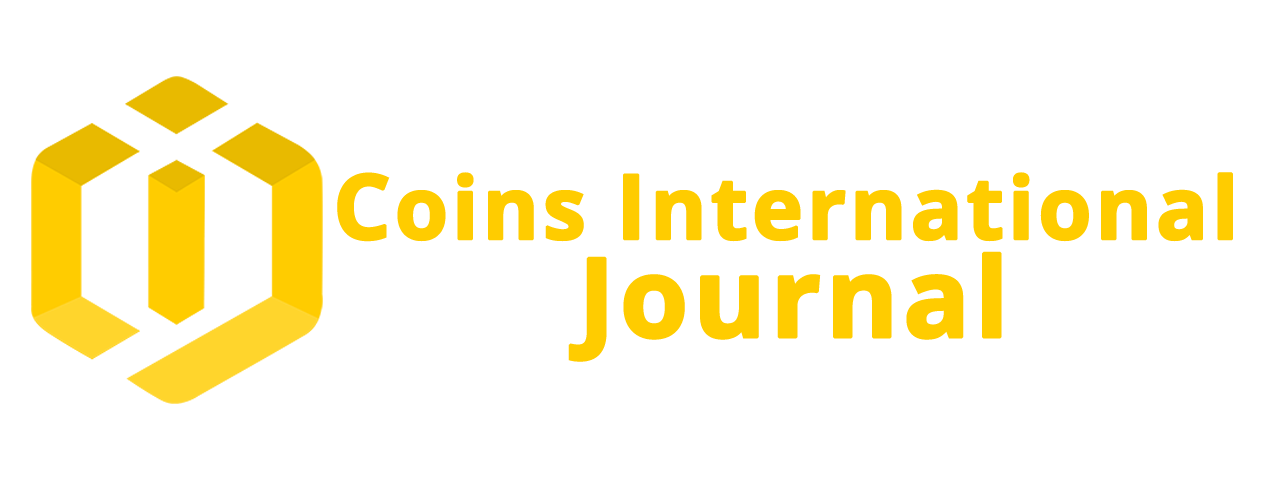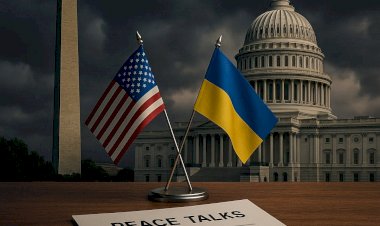FIFA World Cup 2026 Draw Looms: Pots, Seeds, and Global Excitement Build Ahead of Historic 48-Team Spectacle

Washington, D.C. – With just one month until the ceremonial reveal that will shape the destiny of 48 nations, anticipation is reaching fever pitch for the FIFA World Cup 2026 final draw. Set for December 5, 2025, at the iconic John F. Kennedy Center for the Performing Arts, the event promises to be a glittering affair attended by global soccer luminaries, dignitaries, and possibly even U.S. President Donald Trump. This expanded edition of the beautiful game, co-hosted by the United States, Canada, and Mexico, will feature 12 groups of four teams each, marking the most inclusive tournament in history.
Expanded Format Ushers in New Era of Inclusivity
The 2026 World Cup breaks new ground with its 48-team field, up from the traditional 32, delivering a whopping 104 matches across 16 host cities from Vancouver to Mexico City. Gone is the experimental three-team group setup; instead, the classic four-team format returns, amplified to 12 groups. Each group will pit one team from each of four seeding pots against one another, ensuring balanced competition while adhering to strict geographical and confederation rules to avoid continental clashes where possible.
Qualification has already seen 28 nations secure their spots, with 42 expected to be confirmed by draw day. The remaining six will emerge from UEFA and inter-confederation playoffs in March 2026, adding a layer of suspense. For the first time, every confederation—UEFA, CONMEBOL, AFC, CAF, CONCACAF, and even OFC—boasts at least one guaranteed berth, highlighting soccer's truly global reach. Historic qualifiers like Cape Verde, the second-smallest nation ever to advance, underscore the tournament's democratizing spirit.
Pot System Revealed: Hosts and Heavyweights Lead the Way
At the heart of the draw lies the innovative pot system, designed to distribute talent evenly and heighten drama. Teams will be divided into four pots of 12, seeded primarily by FIFA world rankings as of November 2025, with confederation slots ensuring diversity.
Pot 1 anchors the groups with elite firepower: the three host nations—Canada in Group A, Mexico in Group B, and the United States in Group D—are pre-seeded to headline their respective sections and play primarily in their home countries. Joining them are the nine highest-ranked qualifiers, powerhouses like Brazil, Argentina, France, and Spain, who will top the remaining groups. This seeding guarantees that no two top seeds collide early, setting the stage for potential dream matchups in the knockout rounds.
Subsequent pots layer in the depth: Pot 2 features the next 12 ranked teams, including rising stars from Asia and Africa; Pot 3 draws from the subsequent tier, blending veterans and underdogs; and Pot 4 rounds out with the lowest-seeded entrants, often the playoff hopefuls represented by placeholders until March. A computerized randomization process, guided by FIFA officials, will slot teams into groups while enforcing rules like limiting UEFA teams to no more than one per group beyond Pot 1 and capping same-confederation pairings.
"This pot structure isn't just logistics—it's the blueprint for unforgettable rivalries," said FIFA President Gianni Infantino during a recent press briefing. "With 48 dreams on the line, every draw could spark the next Maradona moment or Mbappé masterclass."
Qualified Stars and Playoff Wildcards: Who's In, Who's Fighting?
As of November 2025, a diverse roster has punched their tickets. South American giants Brazil and Argentina lead CONMEBOL's charge, while Europe's heavy hitters—France, England, and Germany—dominate UEFA's slots. Asia's Japan and South Korea, Africa's Morocco and Senegal, and CONCACAF's Costa Rica join the fray, alongside surprise packages like Jordan and Tunisia, ensuring seven Arab nations grace the tournament for the first time.
The intercontinental playoffs loom large, pitting six contenders—likely from UEFA, AFC, CAF, and CONMEBOL—in a high-stakes shootout for the final berths. These matches, culminating on March 31, 2026, will inject late drama, as unseeded teams could upend the pots and alter group dynamics post-draw.
Hosts benefit from fixed venues: the U.S. will showcase stars-and-stripes clashes in stadiums from Los Angeles to Miami, Canada in Toronto and Vancouver, and Mexico kicking off the tournament on June 11 at the legendary Estadio Azteca. The expanded schedule stretches to July 19, with knockout paths pre-mapped to regional hubs, promising cross-border epics.
Global Spotlight: Broadcast, Legacy, and What to Watch For
The draw ceremony, kicking off at 12 p.m. ET, will beam live worldwide via FIFA's YouTube channel, Peacock, and broadcasters like Telemundo. Expect red-carpet glamour, musical interludes, and heartfelt stories from qualifiers, all under the shadow of the Kennedy Center's grand halls.
For fans, the implications are seismic: a tougher path for minnows, richer narratives for powerhouses, and a tournament that could redefine soccer's commercial zenith with an estimated $11 billion in revenue. Critics praise the inclusivity but question travel burdens on smaller nations; proponents hail it as a victory for the sport's soul.
As the world counts down, one thing is certain: December 5 will redraw the map of possibility. From the seeds of Pot 1 to the scrappers in Pot 4, the 2026 World Cup beckons—a month-long symphony of skill, passion, and the unyielding pursuit of glory.

 content-team
content-team 
















